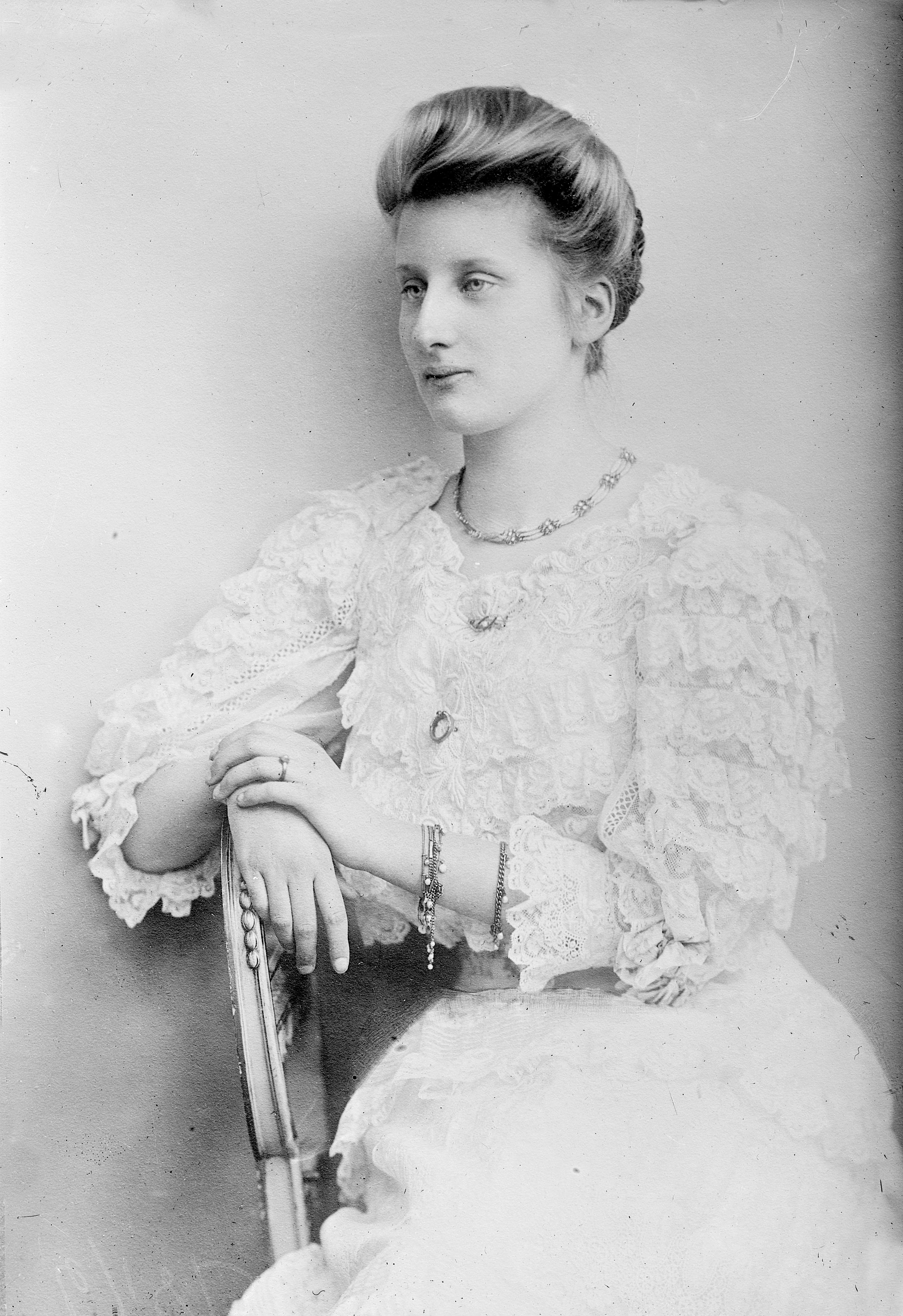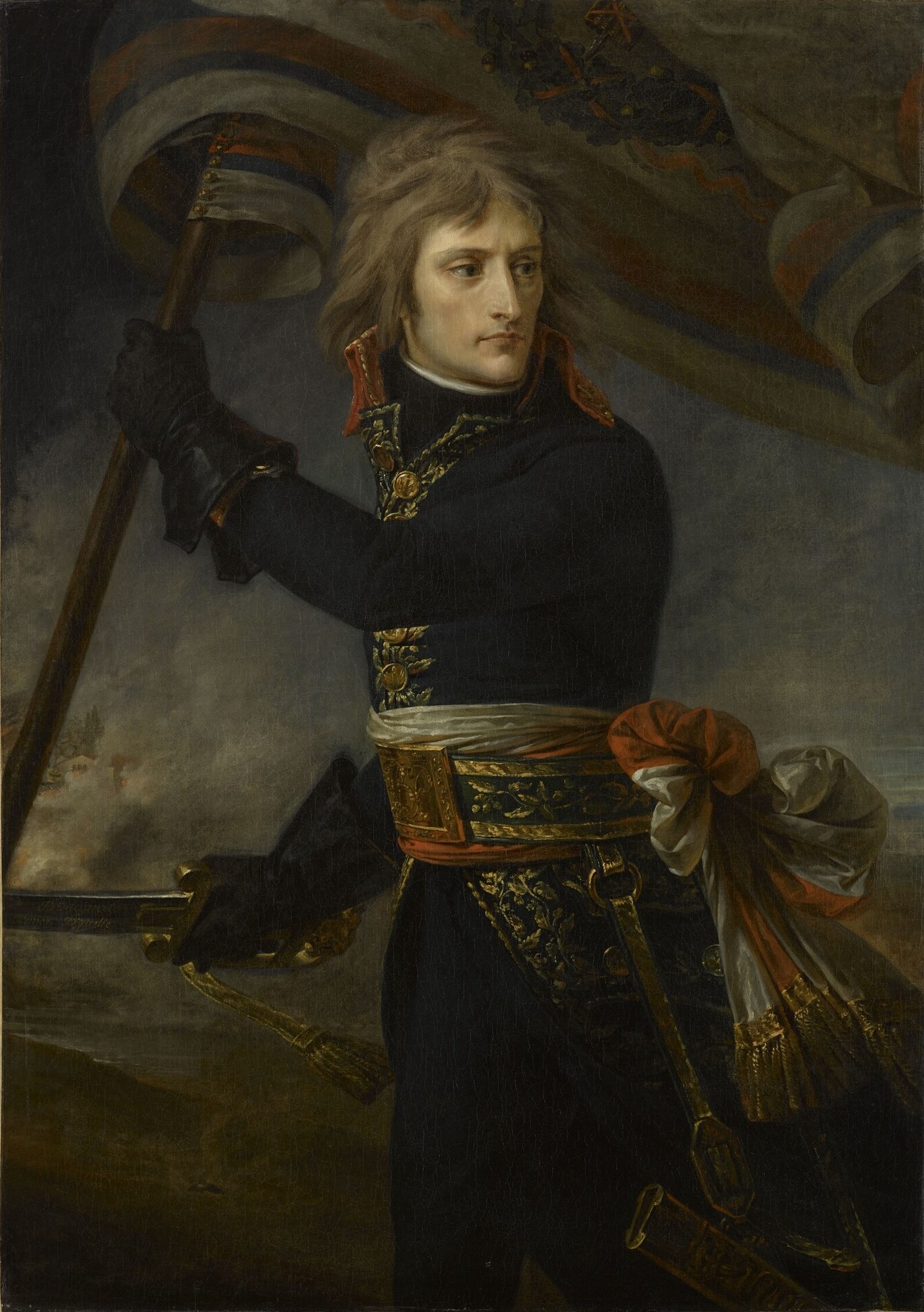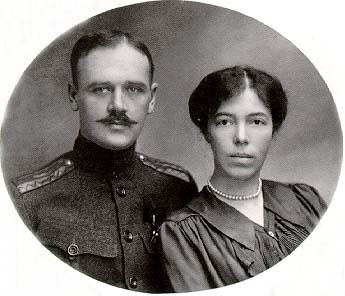© Unofficial Royalty 2024

Augusta Victoria of Hohenzollern-Sigmaringen, wife of King Manuel II of Portugal; Credit – Wikipedia
August 19, 1186 – Death of Geoffrey, Duke of Brittany, son of King Henry II of England, at Paris, France, buried in Notre Dame Cathedral in Paris, France
Geoffrey was one of the four surviving sons of King Henry II. As the sons of King Henry II grew up, tensions over the future inheritance of their father’s empire began to emerge, encouraged by King Louis VII of France and then his son King Philippe II of France. After the death of Henry the Young King, his eldest son, King Henry II had to make plans for the disposition of his empire, but he kept his thoughts secret. This caused more ill feelings between him and his three remaining sons, Richard, Geoffrey, and John. King Philippe II of France was determined to exploit the situation to his benefit. Dissatisfied with having just the Duchy of Brittany, Geoffrey also wanted the County of Anjou and Philippe encouraged him in his plans to once again rebel against his father. However, Geoffrey suddenly died at the age of 27. One contemporary source says Geoffrey died of a fever. However, several other sources say he was thrown from his horse during a tournament and trampled to death.
Unofficial Royalty: Geoffrey, Duke of Brittany
August 19, 1284 – Death of Alfonso, Earl of Chester, son of King Edward I of England, at Windsor Castle in Windsor, England; buried at Westminster Abbey in London, England
Alfonso was the third son and ninth child of Edward I and his first wife Eleanor of Castile. His two elder brothers were already dead so he was the heir apparent. If he had not died at age 10 England could have had a King Alfonso.
Unofficial Royalty: Alfonso, Earl of Chester
August 19, 1493 – Death of Friedrich III, Holy Roman Emperor, Duke of Styria, Carinthia, and Carniola, Archduke of Austria in Linz, Duchy of Austria, now in Austria; initially buried in the Ducal Crypt at St. Stephen’s Cathedral in Vienna, Austria, on November 12, 1513, the remains of Friedrich III, Holy Roman Emperor were transferred from the Ducal Crypt to a monumental tomb at St. Stephen’s Cathedral
Friedrich III reigned as Holy Roman Emperor from 1440 to 1493, as Friedrich V, Duke of Styria, Carinthia, and Carniola from 1424 to 1493, and as Friedrich V, Duke (Duchy of Austria) and then Archduke of Austria (Archduchy of Austria) from 1457 to 1493. He would lay the foundation that would keep the House of Habsburg in a power play position until its fall after World War I. During his reign, Friedrich concentrated on re-uniting the Habsburg hereditary lands of Austria. In February 1493, Friedrich’s health began to worsen. He had an issue with his left leg which contemporary sources referred to as gangrene but in today’s modern medicine, the issue was caused by arteriosclerosis. Friedrich’s doctors decided to amputate the affected leg. Although Friedrich survived the amputation, he died on August 19, 1493, in Linz, Duchy of Austria, now in Austria, at the age of 77. Contemporary sources say the cause of his death was complications from the leg amputation, old age, or dysentery-like diarrhea from eating melon.
Unofficial Royalty: Friedrich III, Holy Roman Emperor, Duke of Styria, Carinthia, and Carniola, Archduke of Austria
August 19, 1596 – Birth of Elizabeth Stuart, Electress Palatine, daughter of King James I of England, at Falkland Palace in Fife, Scotland
Through her daughter Sophia, Electress of Hanover whose son succeeded to the British throne as King George I after the Protestant Stuarts died out, Elizabeth is the ancestor of the British royal family and most other European royal families, including those of Belgium, Denmark, Luxembourg, the Netherlands, Norway, Spain, and Sweden, as well as the former royal families of Greece, Romania, Prussia, and Russia.
Unofficial Royalty: Elizabeth Stuart, Electress Palatine
August 19, 1743 – Birth of Jeanne Bécu, Countess du Barry, mistress of King Louis XV of France, in Vaucouleurs, France
Jeanne Bécu, Countess du Barry was the last official mistress of King Louis XV of France, from 1768 until the King died in 1774. Following the King’s death in 1774, Jeanne was banished from court and sent to the Abbey du Pont-aux-Dames. After a year, she was permitted to leave the abbey but banned from coming within 10 miles of Versailles. During her time as the King’s mistress, Jeanne had been gifted with a slave – Zamor – who remained in her household. Zamor later joined the Jacobin club, and upon discovering this, Jeanne dismissed him. In retaliation, Zamor gave testimony implying that Jeanne had assisted numerous aristocrats who had fled the French Revolution. Due to this testimony, Jeanne was arrested and charged with treason. A swift trial took place and she was found guilty and sentenced to death by guillotine.
Unofficial Royalty: Jeanne Bécu, Countess du Barry, mistress of King Louis XV of France
August 19, 1777 – Birth of Francesco I, King of the Two Sicilies at the Royal Palace of Naples in the Kingdom of Naples, now in Italy
Full name: Francesco Gennaro Giuseppe
Francesco became King of the Two Sicilies at the age of 48, upon the death of his father. As king, Francesco followed conservative policies. He was content to leave the running of the government in the hands of his favorites and advisers. During Francesco’s reign, the Carbonari, an informal network of secret revolutionary societies, grew stronger especially in eastern Sicily and in the Italian mainland part of the kingdom. In Sicily, smuggling and corruption flourished. Numerous crimes were committed by private armed gangs in the service of nobles and large landowners, from which the Cosa Nostra, also known as the Sicilian Mafia, later developed.
Unofficial Royalty: Francesco I, King of the Two Sicilies
August 19, 1778 – Birth of Sophie of Saxe-Coburg-Saalfeld, Countess of Mensdorff-Pouilly in Coburg, Duchy of Saxe-Coburg-Saalfeld, now in Bavaria, Germany
Full name: Sophie Friederike Karoline Luise
Sophie was the sister of Leopold I, the first King of the Belgians, and an aunt to both Queen Victoria of the United Kingdom and her husband Prince Albert of Saxe-Coburg and Gotha. Sophie was very close to her sister Antoinette who was just a year younger. They both attended balls at the Schloss Fantaisie in Eckersdorf, Bavaria, a meeting place for French emigrants who had escaped from the French Revolution and the later reign of Napoleon I, Emperor of the French. It was there that she met her future husband Emmanuel von Mensdorff-Pouilly. The couple had six sons who were the first cousins of Queen Victoria and Prince Albert.
Unofficial Royalty: Sophie of Saxe-Coburg-Saalfeld, Countess of Mensdorff-Pouilly
August 19, 1856 – Birth of Friedrich II, Duke of Anhalt in Dessau, Duchy of Anhalt, now in Saxony-Anhalt, Germany
In 1889, Friedrich married Princess Marie of Baden but the couple had no children. Friedrich became the reigning Duke of Anhalt upon his father’s death in January 1904. While a competent ruler, he focused much more on cultural pursuits. He established a Court Theatre which would become very well-known throughout Europe and attract some of the leading singers and musicians from around the world. Friedrich died on April 21, 1918, aged 61. In 1958, the remains of members of the House of Anhalt were removed from the Ducal Mausoleum secretly by night for political reasons. Dessau was then in Communist East Germany. All the remains were reburied in the Ziebigker Cemetery in Dessau in a common grave, marked only by a simple wooden cross. In 2019, Friedrich’s remains were moved a second time and reinterred in the Marienkirche in Dessau, the traditional burial site of the Dukes of Anhalt-Dessau dating back to the 15th century. The Marienkirche was destroyed during World War II and has since been rebuilt.
Unofficial Royalty: Friedrich II, Duke of Anhalt
August 19, 1873 – Death of Karl II, Duke of Brunswick at the Beau-Rivage Hotel in Geneva, Switzerland; buried in the Garden of the Alps in Geneva, Switzerland
In 1815, the Duchy of Brunswick was established by the Congress of Vienna. That same year, Karl’s father died in battle, and Karl became the reigning Duke of Brunswick. He and his brother were placed under the guardianship of their father’s first cousin (and their uncle by marriage), The Prince Regent of Great Britain – the future King George IV of the United Kingdom and of Hanover. The Prince Regent also reigned in Brunswick on Karl’s behalf. When Karl turned 18 in 1822, he claimed his majority, but the Prince Regent claimed that he would not reach his majority until turning 21. A compromise was reached, and Karl took control of the government on his 19th birthday in 1823. In 1830, the July Revolution broke out and Karl lost his throne. Karl made several attempts to regain the throne, but all were unsuccessful. He spent the next 40 years living in London and Paris. When the Franco-Prussian War began in 1870, Karl was forced to leave Paris and settled at the Beau-Rivage Hotel in Geneva, Switzerland, where he died.
Unofficial Royalty: Karl II, Duke of Brunswick
August 19, 1890 – Birth of Augusta Victoria of Hohenzollern-Sigmaringen, wife of King Manuel II of Portugal, in Potsdam, Kingdom of Prussia, now in Brandenburg, Germany
Full name: Auguste Viktoria Wilhelmine Antonie Mathilde Ludovika Josephine Maria Elisabeth
In 1912, Augusta Viktoria met the former King Manuel II of Portugal while both were visiting Switzerland. Manuel had become King in 1908 following the assassinations of his father and elder brother but was deposed two years later when the Portuguese First Republic was declared. Since Augusta Victoria and Manuel married after he was deposed, she was never actually Queen of Portugal, although she was often styled as such by courtesy. The couple at Fulwell Park, Manuel’s home outside London, England. Augusta Viktoria and Manuel had no children. After Manuel’s death, Augusta Viktoria married Count Robert Douglas, head of the Swedish comital house of Douglas (a branch of the Scottish Clan Douglas). The couple lived at Langenstein Castle in Orsingen-Nenzingen, Baden, Germany, and had no children.
Unofficial Royalty: Augusta Victoria of Hohenzollern-Sigmaringen
August 19, 1946 – Birth of Prince Philipp of Liechtenstein, son of Franz Josef II, Prince of Liechtenstein, in Zurich, Switzerland
Full name: Philipp Erasmus Alois Ferdinand Maria Sebaldus
In 1971, Philipp married Isabelle de l’Arbre de Malander and the couple had three sons. Prince Philipp worked in banking and finance. In 1979, Philipp became chairman of the board of the Liechtensteinische Landesbank, owned by the Liechtenstein government. In 1981, he became a member of the board of directors of The Liechtenstein Global Trust, owned by the Princely House of Liechtenstein through The Prince of Liechtenstein Foundation.
Unofficial Royalty: Prince Philipp of Liechtenstein
August 19, 1973 – Birth of Crown Princess Mette-Marit of Norway, wife of Crown Prince Haakon of Norway, born Mette-Marit Tjessem Høiby in Kristiansand, Norway
Mette-Marit first briefly met Crown Prince Haakon of Norway at a music festival in the mid-1990s. The two met again in 1999 and began a relationship. When their engagement was announced in late 2000, it was not without controversy. The couple did, however, have the support of Haakon’s King Harald V and Queen Sonja, and after a series of public interviews, they also regained the support of the Norwegian people. Mette-Marit and Haakon have a daughter and a son. It was announced on October 24, 2018, that Mette-Marit was diagnosed with chronic pulmonary fibrosis, a respiratory disease in which scars are formed in the lung tissue, leading to serious breathing problems. There is no known cure for the scars and damage in the lungs due to pulmonary fibrosis. Life expectancy is generally less than five years.
Unofficial Royalty: Crown Princess Mette-Marit of Norway
This article is the intellectual property of Unofficial Royalty and is NOT TO BE COPIED, EDITED, OR POSTED IN ANY FORM ON ANOTHER WEBSITE under any circumstances. It is permissible to use a link that directs to Unofficial Royalty.










